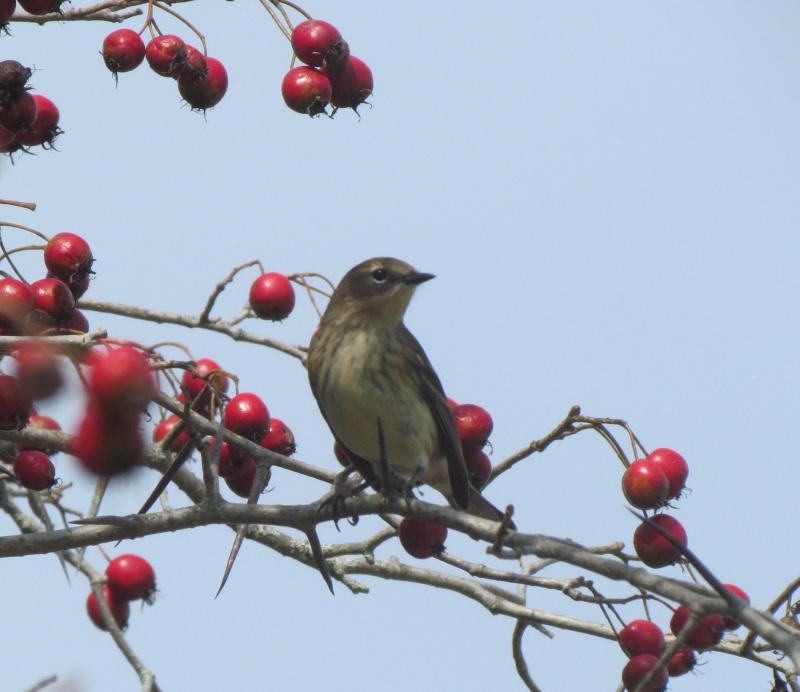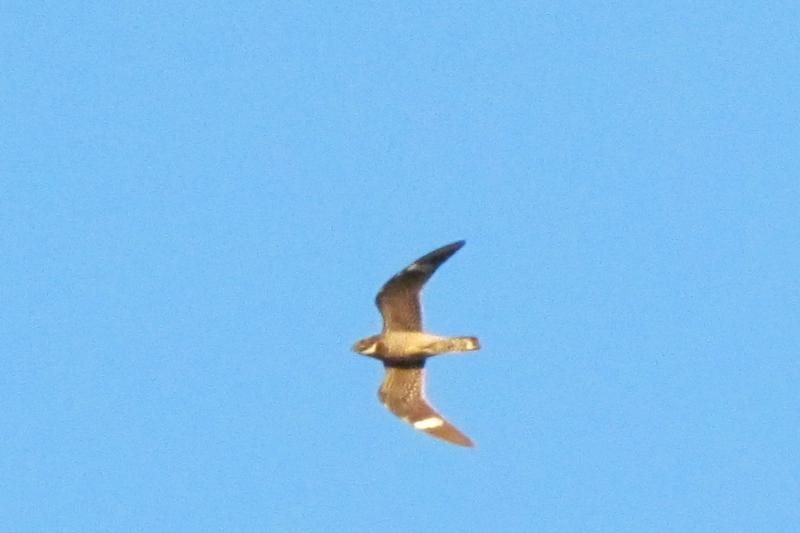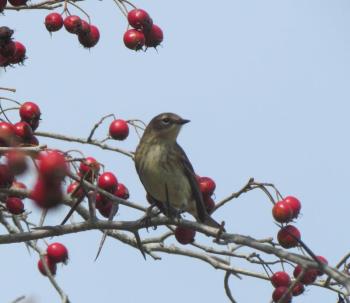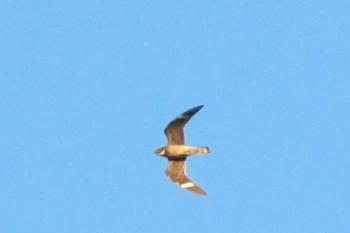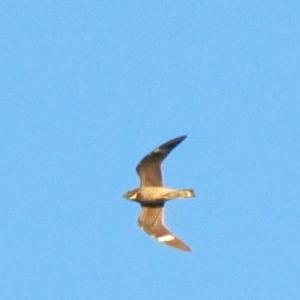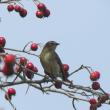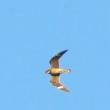A Ray of Hope for the Migratory Bird Treaty Act
To the north, dark clouds stretched high into the sky. Low rumbles of thunder seemed to make the warm, humid air vibrate. Stepping out from the grocery store, we immediately quickened our pace to get to the car before the impending rain storm. It was then that we happened to glance upwards and see the sharp-winged forms of common nighthawks, silently and purposefully beating southward.
Bird migration is now well underway across our continent. In New York City’s Central Park, birders have already reported warblers of many kinds. In our yard, each day seems to bring something new. Tiny American redstarts, flashing their yellow-edged tails as they quickly dart about, have been prominent for several days. Two yellow warblers appeared in the crabapple by the driveway yesterday and a yellow-rumped warbler the day before. Nighthawks in small numbers have passed over early evenings during the last week. Bank swallows, eastern kingbirds, and even a red-breasted nuthatch—a bird that we don’t happen to usually find in our neighborhood because of the lack of the spruces and firs that the species prefer—have visited on their migratory journey.
These sightings are enough to bring joy to any birder. But those of us who love birds like these have struggled to find hope in the last few years. One major reason is that the current federal Administration decided to try to destroy one of the most important bird protection statutes ever enacted anywhere in the world.
That legislation is called the Migratory Bird Treaty Act. It became law just over a hundred years ago to codify a remarkable treaty between the U.S. and Canada (actually Great Britain on behalf of Canada at the time). That treaty was itself called the Migratory Bird Convention. As a stark contrast to today’s federal leadership, that treaty and then the enacting law, was negotiated and signed in the midst of the co-occurring tragedies of the Spanish Flu epidemic and World War I.
That was incredible leadership and foresight.
In the midst of our world’s current crises, instead of leadership and hope to deal with the tragic declines in birds in recent decades, we have seen the opposite. The current administration announced in recent years that it would no longer continue enforcing the Migratory Bird Treaty Act the way other administrations had over the decades.
But a ray of hopeful light shown down on us bird lovers just this past week. A Federal District Court judge ruled that the current administration’s abandonment of its 100-year-old duty to protect birds as described in the Migratory Bird Treaty Act was unlawful and wrong! Of course, it remains to be seen whether the government in power will actually follow the rule of law and live up to its sacred obligation to make sure those nighthawks and warblers and swallows and other birds are taken care of and not allowed to be heedlessly killed without actions to prevent further losses.
If you follow the news, you can’t help but be aware that the assault on the Migratory Bird Treaty Act is just one of many harmful actions undertaken recently by the current federal administration against the migratory birds that are passing through our backyards, parks, and preserves. But maybe this one bit of good news shows that no government can ignore the law. And let’s hope it also shows to all political leaders out there that the tens of millions of us who love birds in the U.S. will vote for leaders who support policies that benefit rather than harm them.
Jeffrey V. Wells, Ph.D., is a Fellow of the Cornell Lab of Ornithology and Vice President of Boreal Conservation for National Audubon. Dr. Wells is one of the nation's leading bird experts and conservation biologists and author of the “Birder’s Conservation Handbook.” His grandfather, the late John Chase, was a columnist for the Boothbay Register for many years. Allison Childs Wells, formerly of the Cornell Lab of Ornithology, is a senior director at the Natural Resources Council of Maine, a nonprofit membership organization working statewide to protect the nature of Maine. Both are widely published natural history writers and are the authors of the popular book, “Maine’s Favorite Birds” (Tilbury House) and “Birds of Aruba, Bonaire, and Curaçao: A Site and Field Guide,” (Cornell University Press).
Event Date
Address
United States

